NASA’s New Lunar Rover
The Smithsonian Institution pitches in to help NASA prepare for its next lunar mission with a new “home on wheels”
/https://tf-cmsv2-smithsonianmag-media.s3.amazonaws.com/filer/NASA-Lunar-Electric-Rover-631.jpg)
Brent Garry peers down from a National Air and Space Museum walkway at the Apollo lunar module, the astronauts’ home on missions to the moon in the late ‘60s and early ‘70s. Inside, the crew would suit up—a process that took about two hours—to explore the lunar surface. During the first three manned missions, Apollo 11, 12 and 14, the astronauts roamed the moon’s surface on foot. But by Apollo 15, 16 and 17, they had a four-wheeled, open-air vehicle that sported two seats that looked something like lawn chairs.
Garry, a planetary geologist at the museum’s Center for Earth and Planetary Studies, displays a photograph of a bug-like vehicle rolling through rust-colored desert. It’s the Lunar Electric Rover (LER), a prototype for the vehicle that NASA hopes to send with astronauts to the moon by 2020—a “home on wheels,” he calls it.
The new vehicle, which stands about 10 feet tall atop a bed of 12 wheels, features a pressurized cabin with a sink, toilet and even a collapsible exercise bike. The two seats fold into beds, and curtains roll down from the ceiling to separate the area into sleeping quarters. Two hatches on the back of the cabin exit directly into spacesuits dangling outside. These “suitports” will allow astronauts to dress and exit the vehicle in less than 15 minutes.
For the past two years, Garry, 34, has served as a crew geologist with NASA’s Desert Research and Technology Studies (D-RATS) team, which tests spacesuits and vehicles in Arizona’s craggy landscape. During the Apollo program, geologists’ knowledge of the moon’s surface helped engineers design the rovers, as well as the landing pads of the lunar module to guarantee a soft landing. And they pinpointed the terrain that would yield the most valuable data for geological surveys.
In those missions, lunar exploration was limited to about six miles from the module—the distance the astronauts’ oxygen supply would allow them to walk if their rovers broke down. The LERs are expected to extend the range to more than 300 miles. They will serve as lunar RV campers, so the astronauts won’t have to return to the landing site each night.
This past September, Garry and astronaut Mike Gernhardt, who has gone to space four times aboard the space shuttle, spent two weeks living in the LER. Over the course of their Arizona field-test the pair logged some 85 miles and carried out the kinds of activities astronauts might conduct during a real mission: collecting geological samples, docking with other vehicles and, on the last day of practice, rescuing the crew of a broken-down LER.
“For me, it wasn’t claustrophobic,” says Garry. “It’s a combination of camping and dorm room living—two guys having everything they need right around them.” According to their Twitter feed, which had nearly 2,500 subscribers, the pair even enjoyed a movie night—“National Lampoon’s Vacation.”
“Gotta love the family truckster,” Garry tweeted.
/https://tf-cmsv2-smithsonianmag-media.s3.amazonaws.com/accounts/headshot/megan.png)
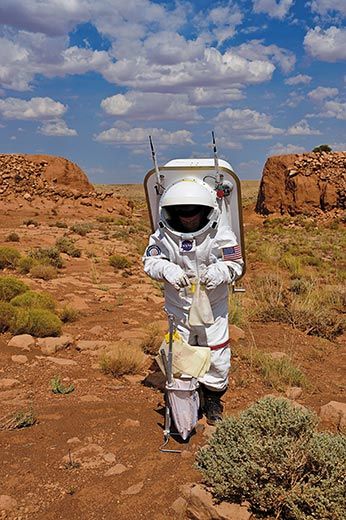
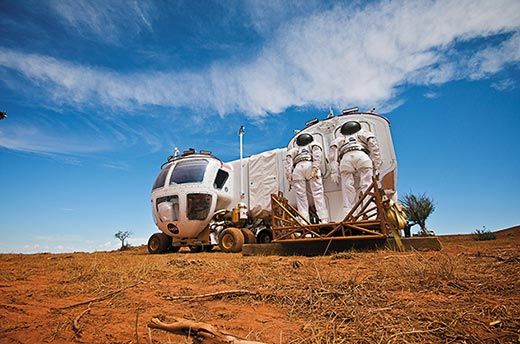
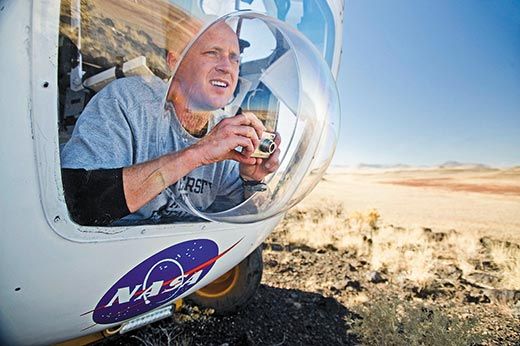
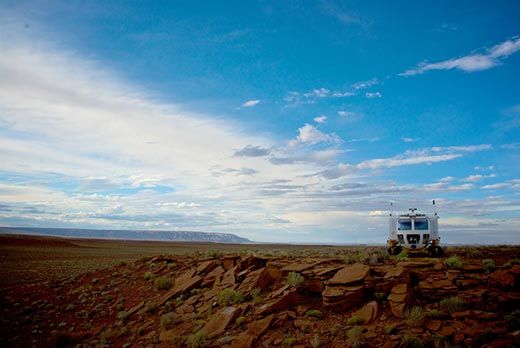
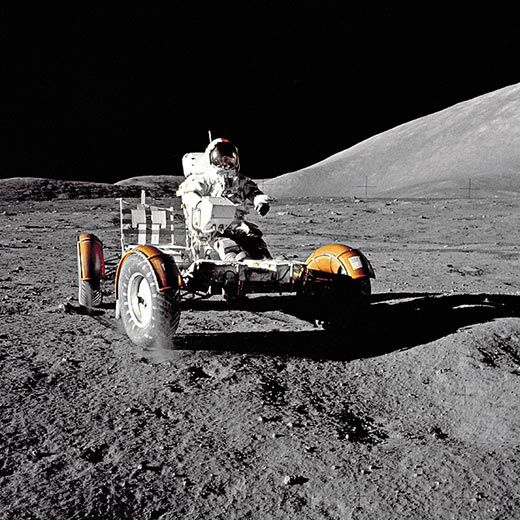
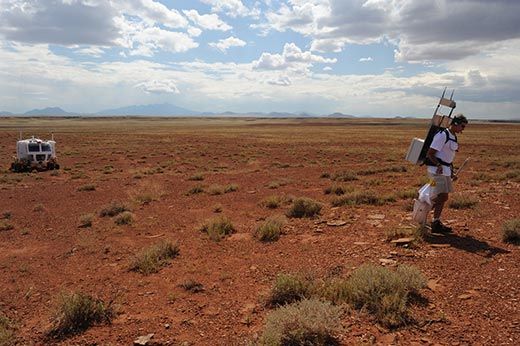
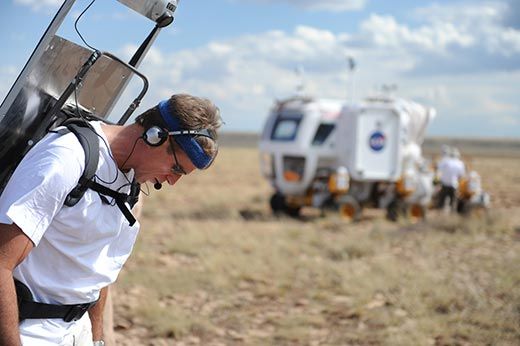
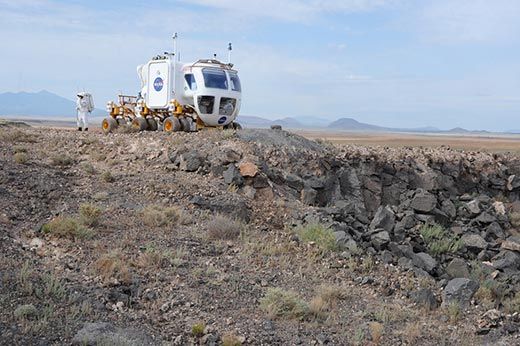
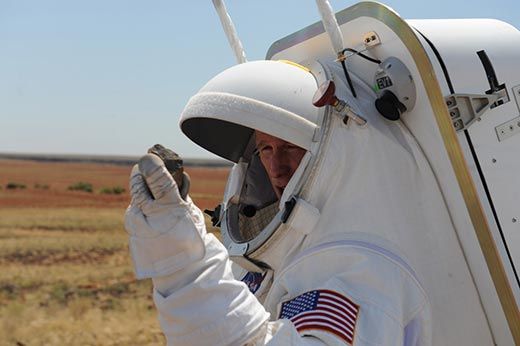
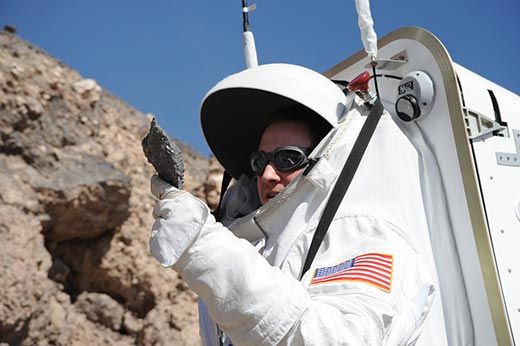
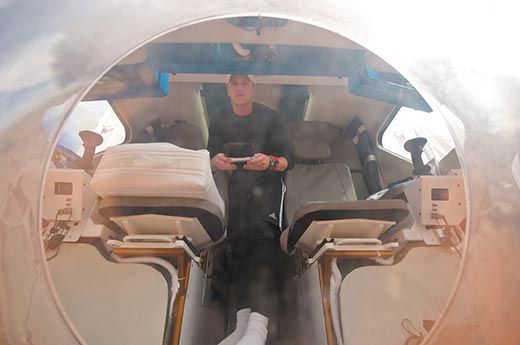
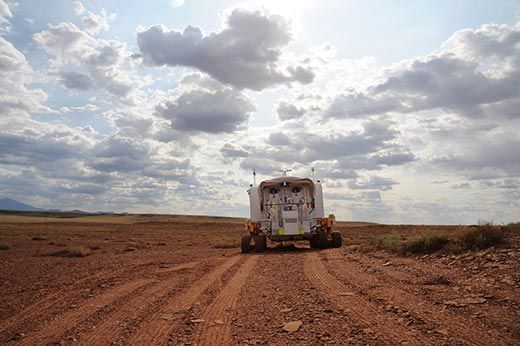
/https://tf-cmsv2-smithsonianmag-media.s3.amazonaws.com/accounts/headshot/megan.png)